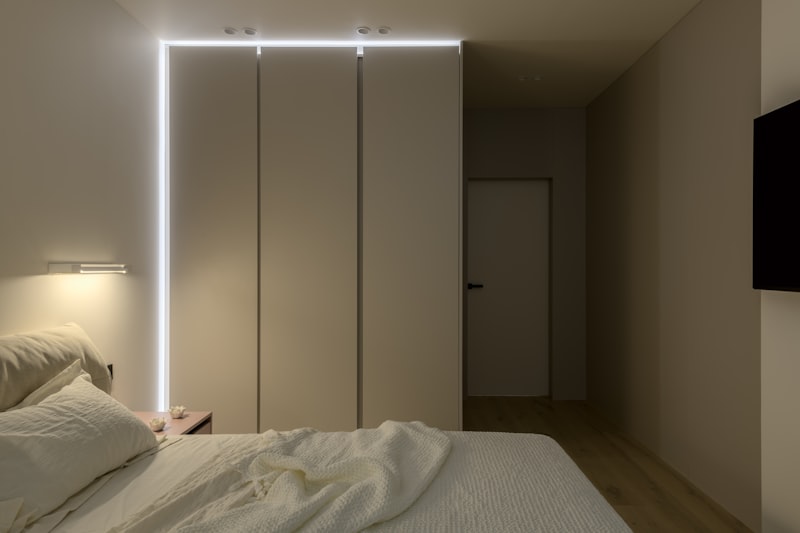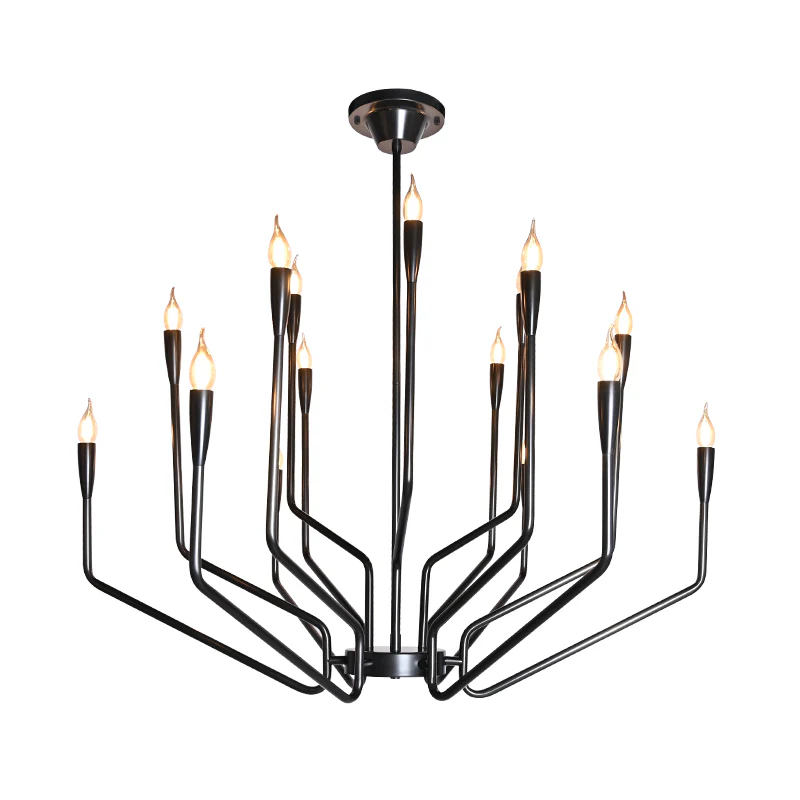The Ultimate Guide to Linear Lighting: Transform Your Space with Elegance
The Ultimate Guide to Linear Lighting: Transform Your Space with Elegance
Introduction to Linear Lighting
Linear lighting has become a popular trend in modern interior design, providing sleek and sophisticated illumination solutions for various spaces, from homes to commercial establishments. With its long, narrow fixtures, linear lighting offers versatility in Aesthetics and functionality. In this guide, we will explore the different aspects of linear lighting, its benefits, installation tips, and answers to frequently asked questions.
What is Linear Lighting?
Linear lighting refers to a style of lighting that uses long, narrow fixtures to distribute light evenly across a designated area. This type of lighting can be installed in various formats, including recessed, surface-mounted, or suspended installations, catering to different architectural designs and personal preferences.
Benefits of Linear Lighting
Linear lighting offers several advantages that make it an appealing choice for both residential and commercial spaces:
- Versatility: It can be used in various applications like kitchens, offices, retail stores, and even outdoor gardens.
- Energy Efficiency: Many linear lighting options use LED technology, which consumes less energy and lasts longer than traditional bulbs.
- Aesthetic Appeal: The sleek lines create a modern look, enhancing the overall design of a space.
- Uniform Light Distribution: Linear fixtures provide consistent illumination, reducing shadows and bright spots.
Types of Linear Lighting
There are different types of linear lighting solutions available, each with unique applications and benefits:
| Type | Description |
| Recessed Linear Lights | Installed within ceilings or walls, providing a clean, flush appearance. |
| Surface-Mounted Linear Lights | Mounted on the surface, offering easy installation and accessibility. |
| Suspended Linear Lights | Hanging from the ceiling, ideal for open spaces or high ceilings. |
| LED Strip Lights | Flexible and versatile, perfect for accent lighting or under-cabinet use. |

How to Choose the Right Linear Lighting for Your Space
When selecting linear lighting, consider the following factors:
- Purpose: Identify the main function of your lighting—whether it's for task lighting, accent lighting, or general illumination.
- Size and Scale: Ensure the proportions of the fixture are appropriate for the intended space to maintain visual balance.
- Color Temperature: Choose between warm, neutral, or cool light to create the desired ambiance.
- Style: Consider the overall design theme of your space to select fixtures that complement your interiors.
Installation Process for Linear Lighting
Installing linear lighting can vary depending on the type of fixture and the specific installation method. Here’s a general guide:
1. **Preparation:** Before installation, ensure that the location is clean and free from obstructions. Gather all necessary tools and materials.
2. **Measure and Mark:** Determine the exact placement of the lighting. Use a level to ensure even positioning and mark the spots.
3. **Electrical Work:** For recessed or surface-mounted lights, ensure the power is off. Route the electrical wiring according to the fixture's specifications.
4. **Install the Fixture:** Follow the manufacturer's instructions for securing the fixture to the ceiling or wall. For recessed lights, create appropriate openings.
5. **Connect Wiring:** Make proper connections as per safety codes, ensuring all connections are secure and insulated.
6. **Finishing Touches:** Once the fixture is installed, replace power and test the light to ensure it works correctly. Make any necessary adjustments.
Cost Considerations for Linear Lighting
The cost of linear lighting can vary widely based on the type of fixture, brand, and installation complexities. Here’s a general breakdown:
| Type of Linear Lighting | Average Cost per Unit (USD) |
| Recessed Linear Lights | $50 - $150 |
| Surface-Mounted Linear Lights | $30 - $120 |
| Suspended Linear Lights | $100 - $300 |
| LED Strip Lights | $20 - $80 |
Common Questions About Linear Lighting
Here are some frequently asked questions regarding linear lighting:
1. How long do LED linear lights last?
LED linear lights can last up to 50,000 hours, making them a cost-effective lighting solution in the long run.
2. Can linear lighting be dimmed?
Yes, many linear lighting options come with dimmable features, allowing you to adjust the brightness according to your needs.
3. Is linear lighting suitable for outdoor use?
Absolutely! Outdoor-rated linear lights can enhance patios, garden paths, and outdoor dining areas.
4. How do I clean linear lighting fixtures?
To clean, use a soft, damp cloth to remove dust and dirt. Avoid using harsh chemicals that could damage the surfaces.
Final Thoughts and Recommendations
Linear lighting is an innovative and stylish way to enhance the Aesthetics of any space. Its versatility, energy efficiency, and ability to provide uniform light make it an excellent choice for a variety of applications. When selecting and installing linear lighting, consider the specific needs of your environment and follow best practices for installation. By doing so, you will create beautiful, functional spaces that make the most of Modern lighting technology.
In summary, whether you plan to renovate your home or enhance a commercial space, linear lighting is a worthwhile investment. Stay informed about the latest trends and advances in lighting technology, ensuring that your selections not only meet your functional needs but also elevate your design aesthetic.
